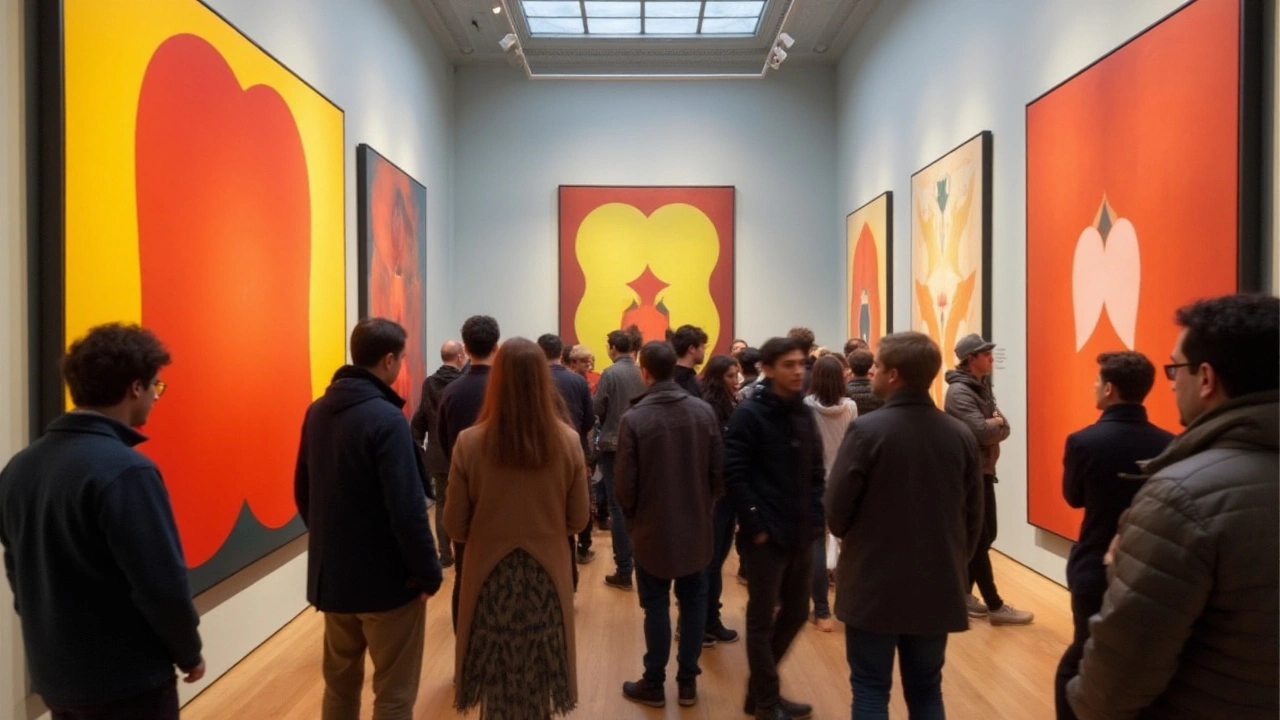Geometric Abstraction: Shapes, Color, and How to Start
Geometric abstraction turns simple shapes into clear, powerful art. Artists reduce objects to lines, circles, squares and planes, and use color, balance, and rhythm to communicate. You don't copy reality; you arrange forms so they direct the eye and create feeling. This guide gives simple explanations, practical techniques, and direct tips to make or appreciate geometric abstraction.
What geometric abstraction is
Geometric abstraction is a part of abstract art that focuses on geometric forms and ordered layouts. Artists use hard edges, flat or layered color, and repeating shapes to build harmony or tension. Think of Mondrian's grids or Malevich's squares, but also newer works that add texture, transparency, or digital effects. The point is clarity: shape and color work together instead of representing something else.
Look for the dominant shape that anchors the composition, then see how other elements balance it. Note scale, spacing, and edge quality—tight edges feel crisp, soft edges feel painterly. Check color temperature: warm hues advance, cool ones recede. Repetition builds rhythm; variation keeps it interesting.
How to start: techniques, artists, display
Begin with a limited palette of three to five colors. Sketch a simple plan or grid, then block in large shapes first. Use masking tape or rulers for sharp edges. Try transparent layers or thin glazes to change color interaction without muddying shapes. Work small to test balance, then scale up when you see what works.
Study key artists to learn ideas. Piet Mondrian teaches balance and color economy. Kazimir Malevich shows how minimal shapes can feel monumental. Look at contemporary painters and digital artists to see how texture and technology expand the basics.
When making choices, limit competing focal points. Create hierarchy with size, color, or direction. Step back often—geometry reads differently at a distance—and photograph progress to spot issues you missed up close. Keep edges consistent unless you plan a contrast between hard forms and painterly areas.
For display and collecting, give geometric works space. Simple frames and neutral walls let shapes speak. When hanging multiple pieces, repeat a color or align edges to unify the group. Consider wall color: dark backgrounds can make bright shapes pop, while white shows subtle color shifts better.
Take short online lessons on composition and color theory to speed up learning. Visit modern art museums and copy small studies from works you like. Follow contemporary galleries and artist portfolios online to see current directions. Practice focused exercises—limited palette, one-shape variations, rotated motifs—and you'll learn balance and color faster than with vague rules.
Try a short project: choose one shape, three colors, and three sizes. Make six small studies testing placement, scale, and edge treatment. Pick the strongest and make a larger version. Show it to a friend or post online and ask which element they notice first. Repeating this cycle builds visual instincts and makes geometric abstraction feel less mysterious and more like a skill you can practice. Start today and focus on one clear, simple goal. Keep experimenting and take notes as you go daily.


